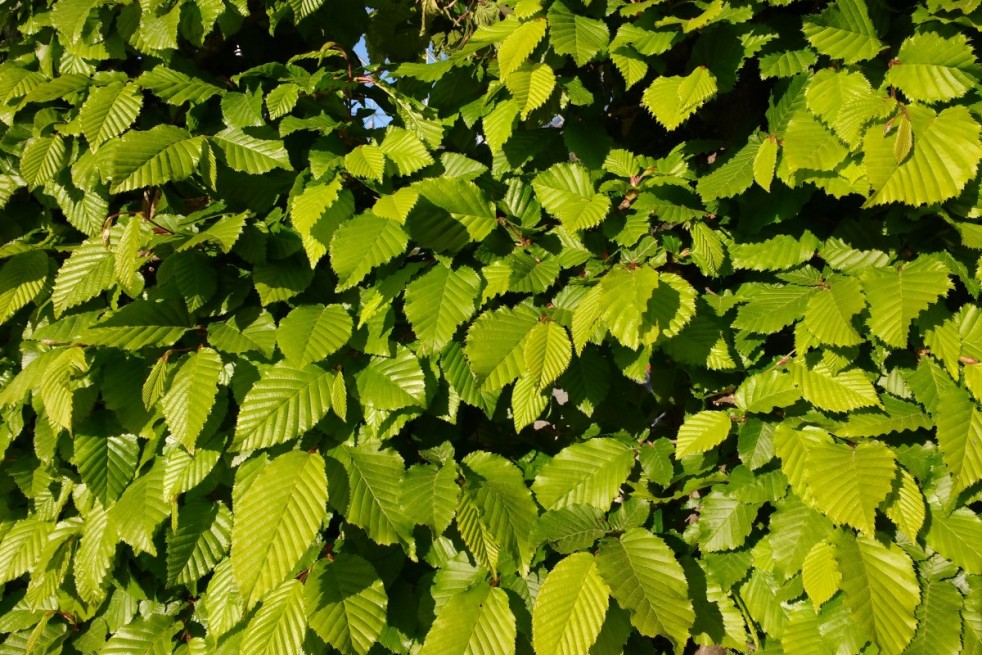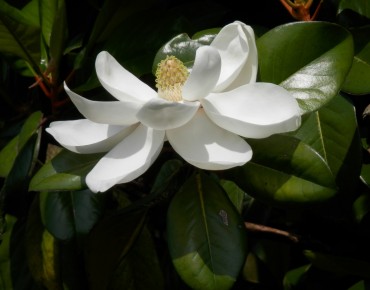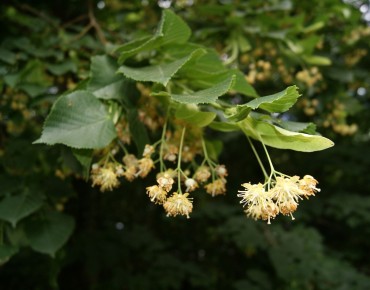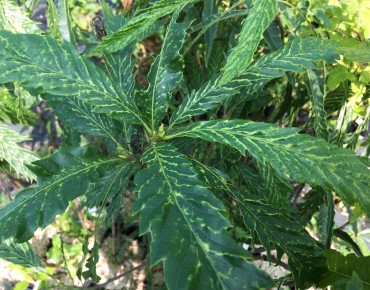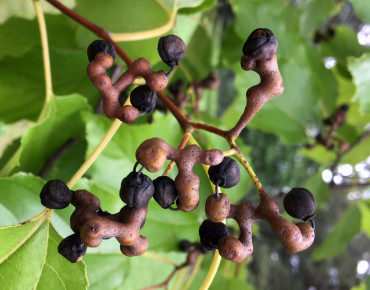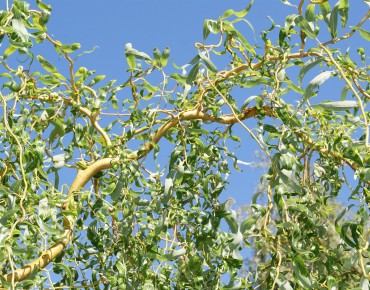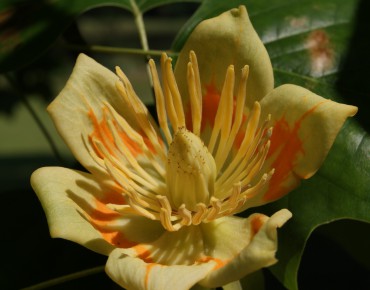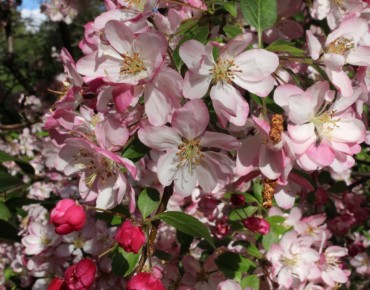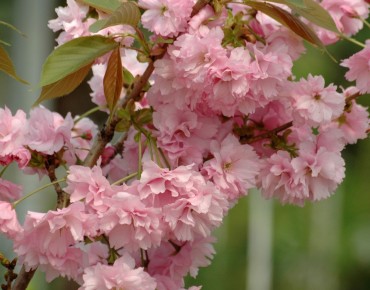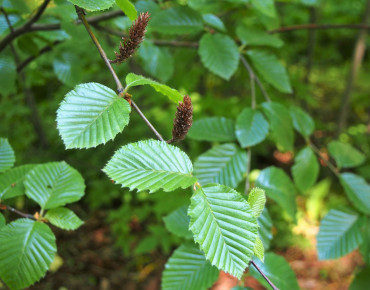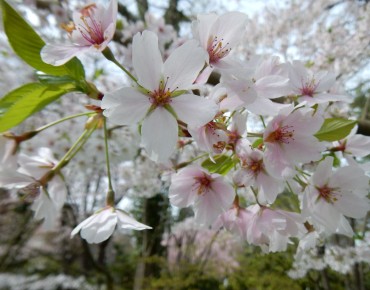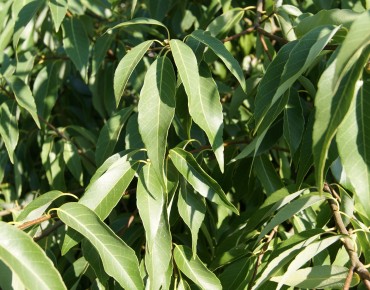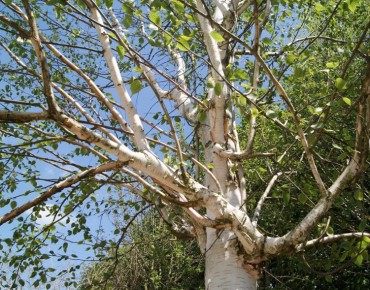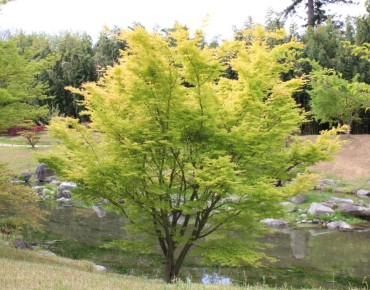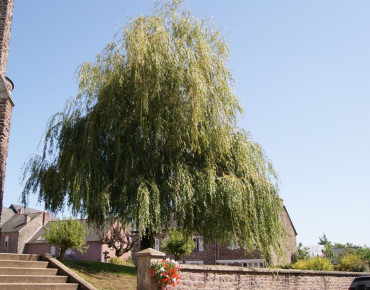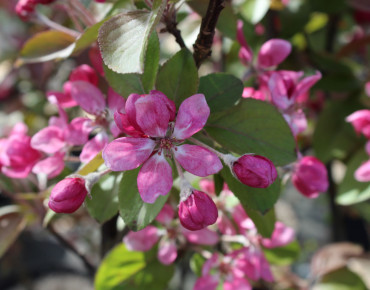- Out-of-Stock
European beech
Fagus Sylvatica
Description
Fagus sylvatica, also called European beech, is a tree native to Europe and more precisely to Belgium.
Fagus sylvatica is particularly popular for creating compact garden hedges or windscreens, which also makes it a refuge for many animals. Its foliage, although deciduous, has the particularity of having leaves which, once dead, remain in place all winter, until the new spring shoots (May), which reduces the time it takes to bare the wood.
Fagus sylvatica is a plant with deep green foliage that turns orange to copper in fall. Its wood is hard, and its trunk quite straight, of homogeneous gray colour, giving it solidity and verticality.
The Beech produces around April-May flowers in clusters which will give edible fruits, the beechnuts, in autumn. The hairy fruit measures 2 cm, it contains 2 to 4 shells of triangular shape and brown to ocher in colour. These shells deliver white almonds with a particular taste highly appreciated by connoisseurs.
The fast-growing Fagus sylvatica can grow 60 cm per year, it can reach 20-30 meters in height when mature when not pruned for hedge formation, for a width of 10 20 meters away.
Beech is a cold-resistant tree, down to temperatures of -23 °C. It appreciates a sun exposure to partial shade. Fagus sylvatica is a hardy plant that will thrive in cool, pH-neutral soil made up of rich, well-drained soil. It will not stand soils that are too humid, its watering must therefore be moderate, although it must be regular in its first year for good rooting. Plant in a line every 50 to 60 cm for a compact hedge, to be pruned in February or March. But it can be left free and planted in isolation, it will give a very majestic effect.
Features
- Common name : European beech
- Family : Fagaceae
- Category : tree
- Spread : 10 to 20 m (if not pruned as a hedge)
- Foliage : deciduous
- Fruit : edible (beechnuts)
- Use : hedge - isolated - alignment
- Soil : all
- Habit : upright
- Enemies : aphid - cochineal
- Possible diseases : polypore - downy mildew - canker
Expédition & livraison
How does the delivery work?
 As soon as you place your order your plants are selected
As soon as you place your order your plants are selected Each order is processed individually.
Each order is processed individually. Plants are packed, staked and labeled.
Plants are packed, staked and labeled. Packaging is carefully implemented to avoid any problems.
Packaging is carefully implemented to avoid any problems. Packages are ready to be shipped.
Packages are ready to be shipped.
Our delivery methods
Shipping of our plants throughout Europe (except overseas and islands).
Customer reviews

